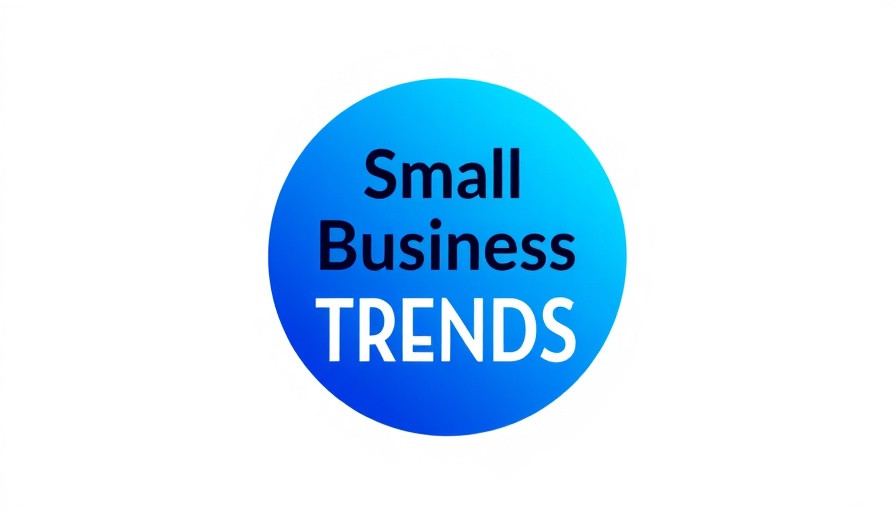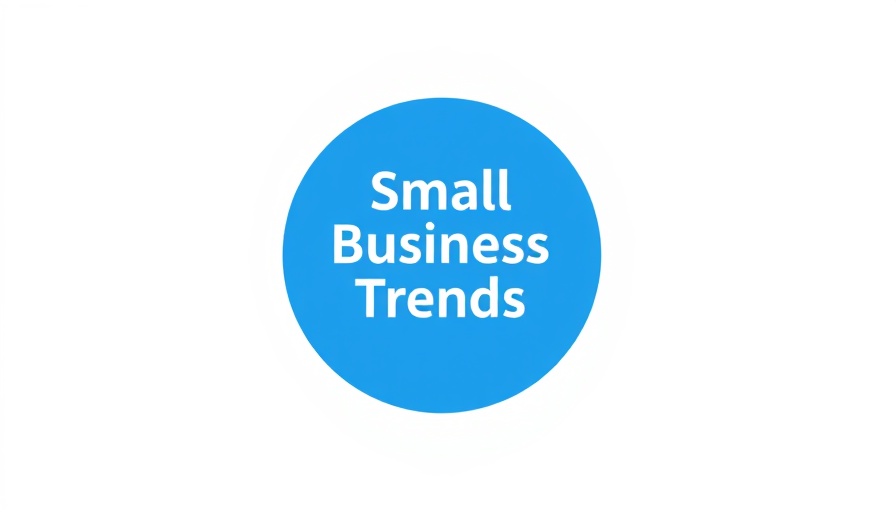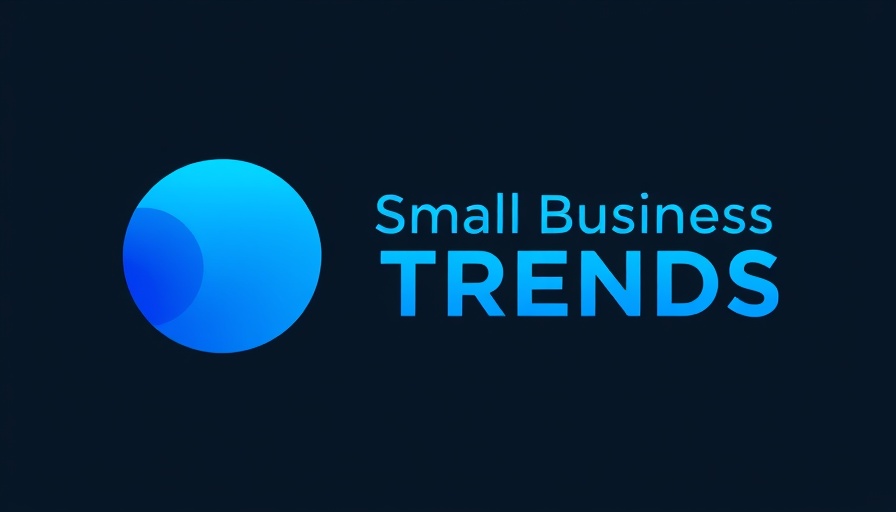
Understanding Fraud in Financial Relief Programs
The recent case of Emanuel Tucker, a 45-year-old resident from Canyon Lake, California, who pleaded guilty to swindling $15.9 million from the Small Business Administration (SBA), serves as a stark reminder of the risks involved in financial assistance programs. With Tucker's fraudulent scheme centered around the Paycheck Protection Program (PPP) and Economic Injury Disaster Loan (EIDL), many small business owners may wonder about the integrity and security of these relief efforts amid the COVID-19 pandemic.
How Fraud Affects Genuine Small Businesses
As Tucker engaged in the filing of fake loan applications, falsely claiming employee counts and revenue figures, he not only enriched himself at the expense of taxpayer dollars but also jeopardized the resource allocation for legitimate business owners. The fallout from such schemes impacts real entrepreneurs who face additional scrutiny while competing for limited funding.
The ramifications extend beyond financial losses; fraud in relief programs fosters a climate of mistrust and suspicion. For government agencies tasked with aiding struggling companies, distinguishing between honest applicants and fraudsters becomes increasingly daunting. This reality may lead to further delays in assistance for those who genuinely need it.
The Evolving Legal Landscape and Compliance
As discussed by Acting Special Agent in Charge Jonathan Huang of the SBA Office of Inspector General, the benefits of SBA programs are designed to support disaster recovery, making fraudulent applications unacceptable. Tucker's case isn’t an isolated incident; over 200 individuals have been prosecuted in relation to similar fraud schemes since the initiation of CARES Act funding. It's crucial for small business owners to understand that they can face legal consequences not only through direct participation in fraud but also through negligence in oversight.
The legal environment surrounding financial assistance is intensifying, and entrepreneurs must familiarize themselves with compliance requirements to mitigate exposure to risks. Maintaining accurate payroll records, seeking legal counsel, and creating transparent financial statements serve as foundational safeguards against misrepresentation.
The Role of Technology and Automation in Compliance
In a digitally-driven world, technology can enhance compliance capabilities for small businesses. The use of automation tools for AI-driven financial oversight can streamline the documentation of payroll and accurate revenue depiction. Automated features can detect inconsistencies in financial records, providing instant alerts and offering businesses the chance to rectify potential errors before they escalate.
Leveraging AI in finance not only creates efficiencies but also helps small business owners to maintain compliance. As financial assistance programs evolve, the integration of AI marketing tools can assist companies in better structuring their applications and presenting authentic business narratives to funding agencies.
Practical Tips to Avoid Fraud Risks
1. **Thorough Documentation**: Keep meticulous records of your financial statements. Having documentation ready can prevent inadvertent misrepresentation in applications.
2. **Seek Specialist Advice**: Consulting with experts in finance or compliance can provide insights into navigating the complexities of relief programs seamlessly.
3. **Utilize Technology**: Invest in software that tracks and maintains records related to payroll accurately. This minimizes the risk of inconsistencies while fostering confidence in your application process.
Looking Forward: Future Implications and Predictions
The evolving landscape for financial assistance applications post-pandemic may likely usher in a wave of stringent checks to preclude fraudulent activities. Expect future regulations to be more intense, utilizing advanced algorithms and AI assessment tools to analyze loan applications for red flags that indicate potential fraud. As government agencies intensify their investigative frameworks, small business owners must remain vigilant while adapting their operational practices to comply.
Maintaining integrity in the application process is not just ethical but critical for business sustainability. Establishing transparent practices can bolster public confidence in these programs, ensuring they fulfill their intended purpose of aiding those in genuine need.
As the fallout from Tucker's actions resonates across the landscape of financial relief programs, it serves as a pivotal lesson for small business owners to emphasize transparency, ethical practices, and compliance. The intertwining of technology and business integrity holds the keys to a future where assistance programs can truly benefit those they are intended to support. This clarity will be essential for rebuilding trust in the financial systems that support our economy.



Write A Comment